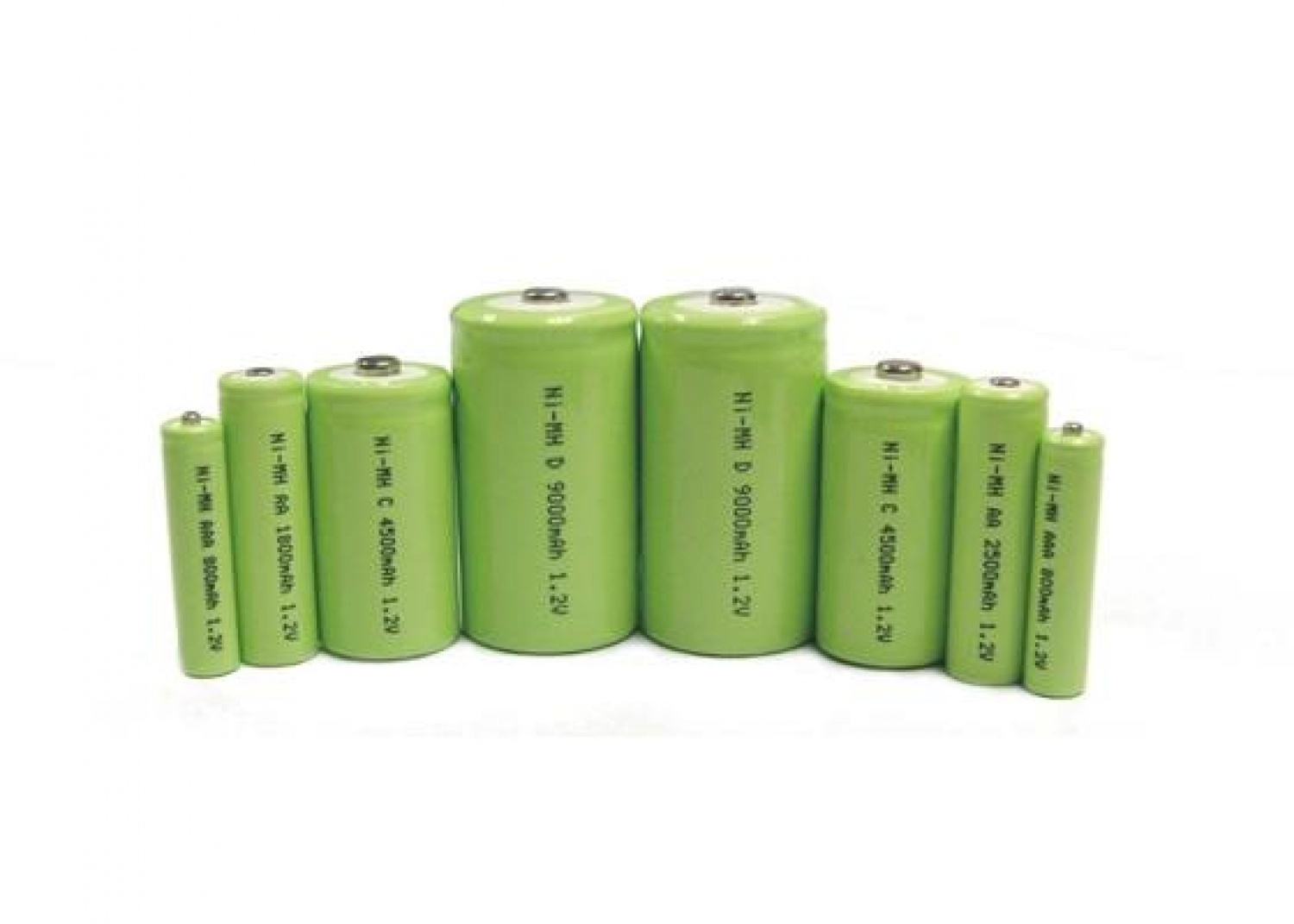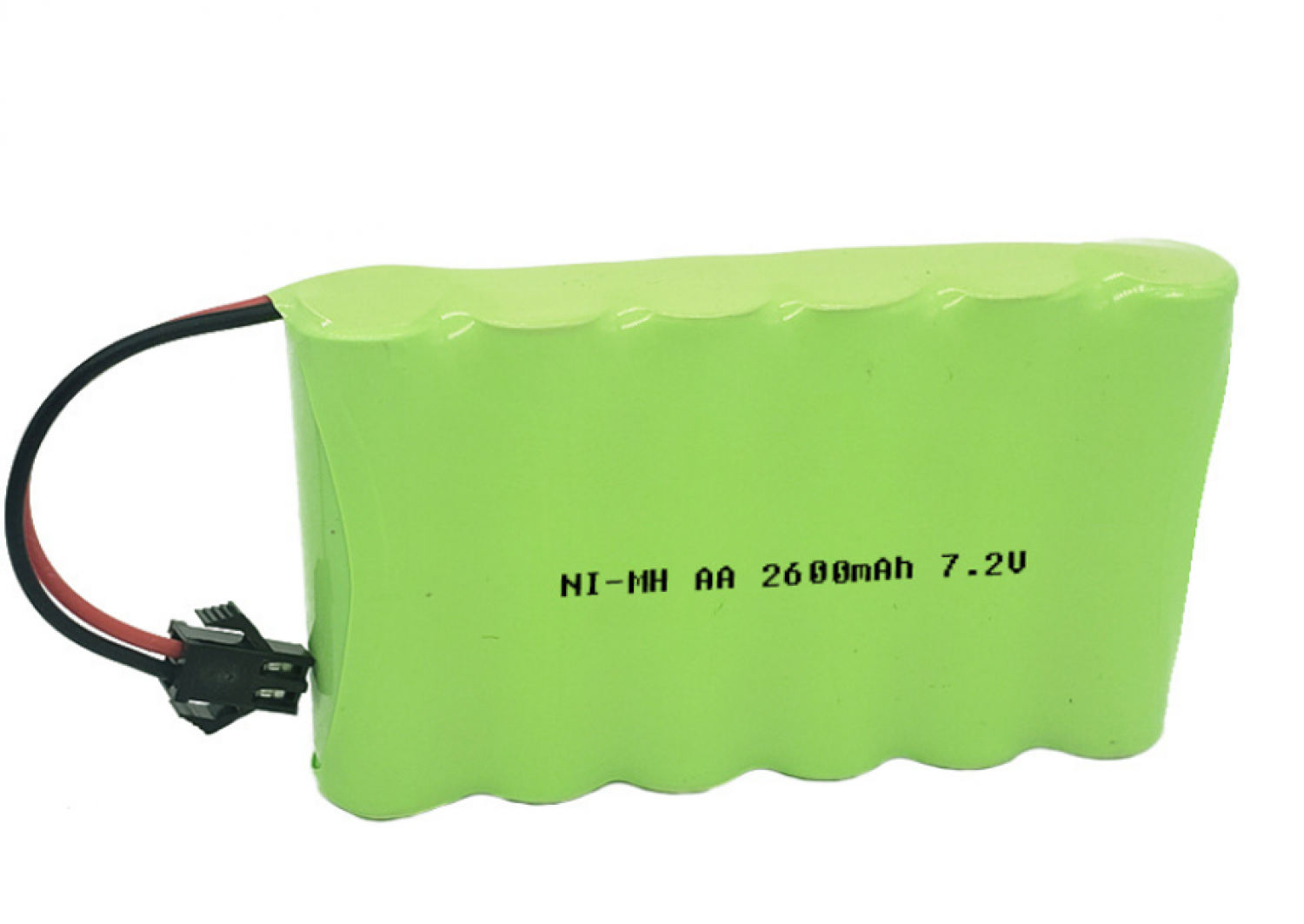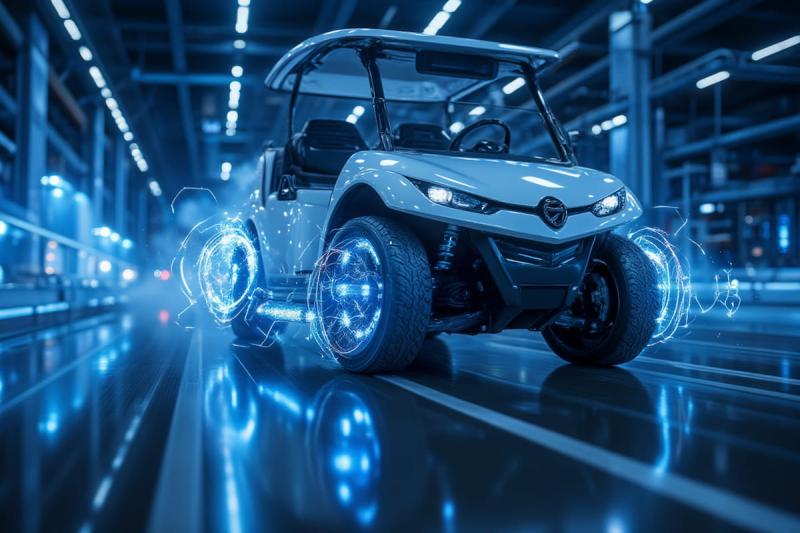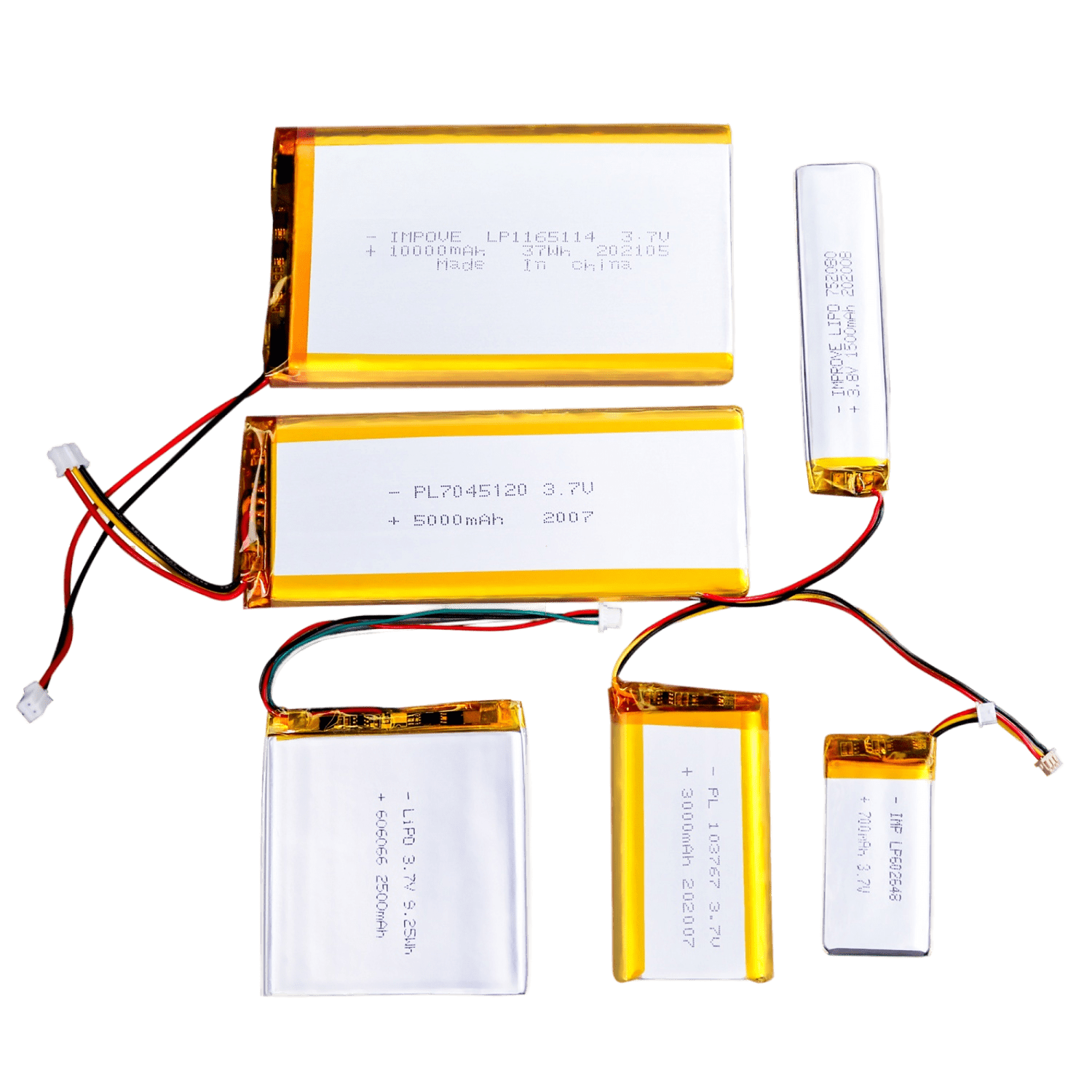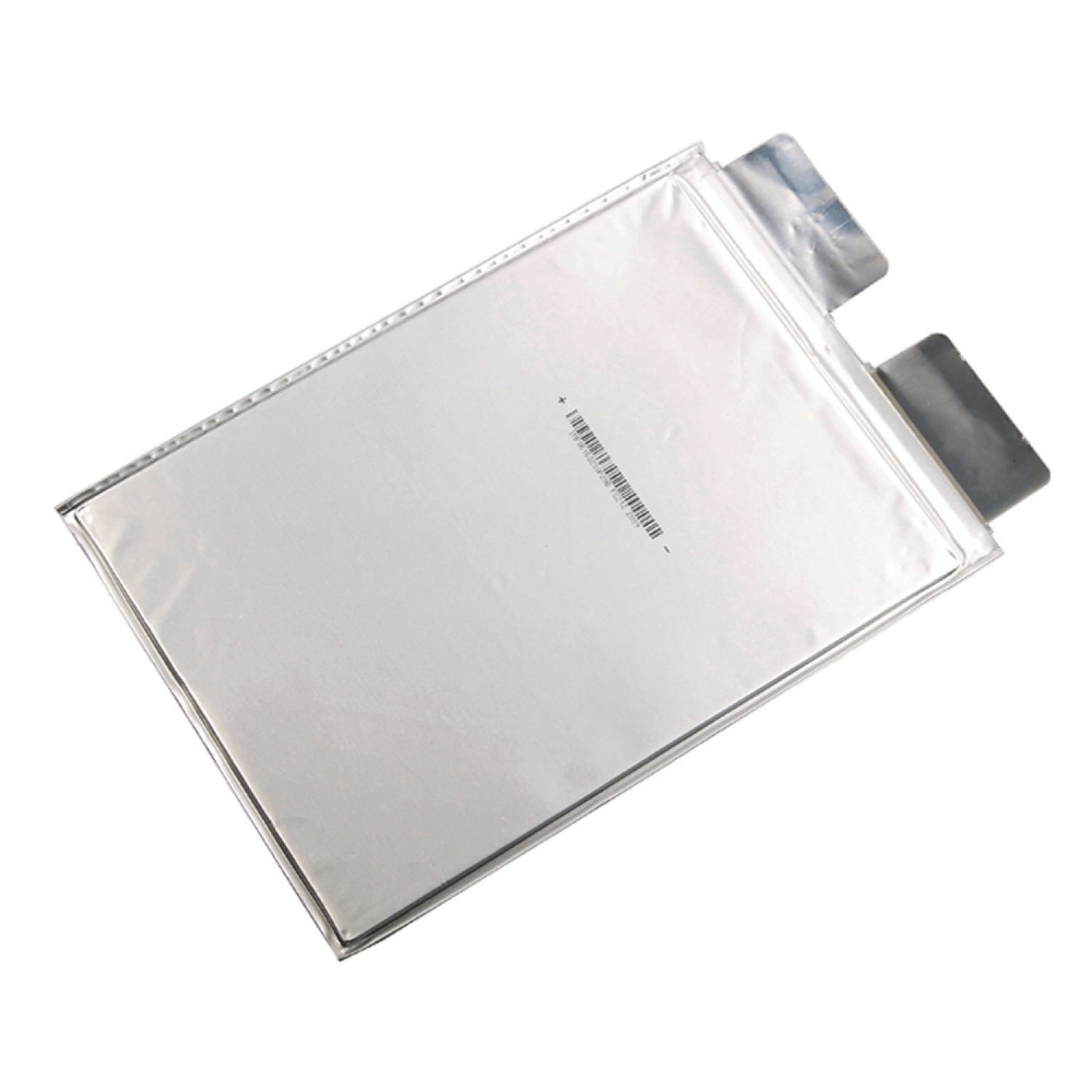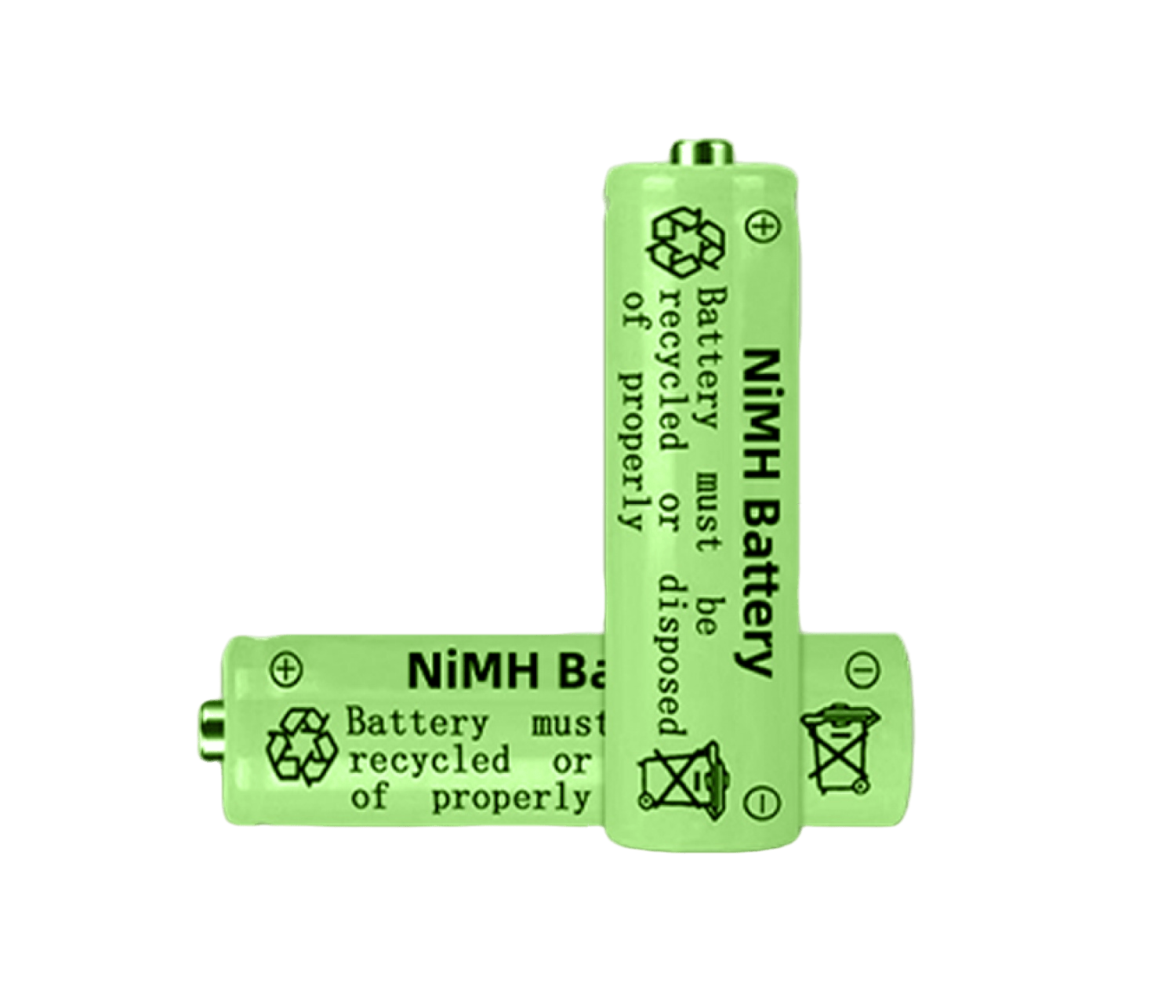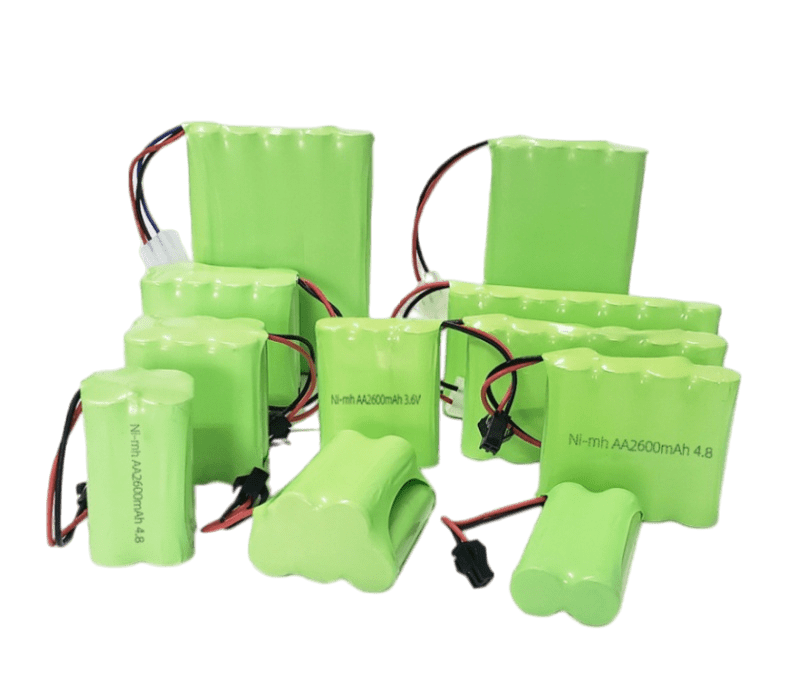Ni-MH batteries can be divided into nickel-hydrogen rechargeable batteries, power nickel-hydrogen batteries, large-capacity nickel-hydrogen batteries, etc. The non-rechargeable ones are disposable nickel-hydrogen rechargeable batteries. Today we will take a look at the advantages and disadvantages of nickel-hydrogen batteries.
1. Advantages of Ni-MH battery
Good power performance. A large number of metal materials are used inside the Ni-MH battery, which has good electrical conductivity and can adapt to high-power discharge. At present, the specific power reaches more than 1500W/kg.
Good low temperature performance. The inorganic electrolyte system is used, and the low temperature performance is better than that of lithium batteries.
The application is relatively mature. Currently commercial hybrid electric vehicles such as Toyota Prius and Honda Insight hybrid electric vehicles use nickel-metal hydride batteries.
The management system is relatively simple. The battery has strong resistance to overcharge and overdischarge, and there is no need to monitor the voltage of each single battery. During the charging process, the battery can achieve self-equilibration through the side reaction with the consumed gas (oxygen), and it is not necessary to use a special equalization circuit.
High cycle life, no pollution, resistance to overcharge and overdischarge, and high recovery value.
2. Disadvantages of Ni-MH batteries
The thermal effect of the battery An important problem encountered in the application of the nickel-metal hydride battery in the electric vehicle is the thermal problem. There are two important reasons. One is that the charging reaction of the Ni-MH battery itself is an exothermic reaction, and the heat generated during the charging process reaches 949J/(Ah); the other is that the charging efficiency is low. Even when the Ni-MH battery is in an empty state, The charging efficiency is also less than 100%. When the charging capacity exceeds 80%, the side reaction speed increases quickly, and the heat production rate rises rapidly. Seriously, it will cause thermal runaway problems. The higher the charging current, the lower the charging efficiency, and the more heat will be generated.
The specific energy of the battery is generally lower in the range of 50~70Wh/kg. Although it is 2 to 3 times that of lead-acid batteries, compared with lithium batteries, there is a big difference.
The nominal voltage is low. The nominal voltage of 1.2V, combined into a power supply system of hundreds of volts for vehicles, requires more batteries in series, which requires higher battery consistency and reliability.
High temperature charging performance is poor. At high temperatures, the charging efficiency decreases, and the decrease in reaction efficiency pushes the battery temperature to rise further. Eventually, thermal runaway may occur, and safety issues may arise.
NiMH batteries
The self-discharge is large. Among the commonly used lead-acid, nickel-metal hydride, and lithium series power lithium batteries, the self-discharge of nickel-metal hydride batteries is relatively large. Generally, the self-discharge reaches 10% to 30% after being left at room temperature for 28 days when fully charged.
The material cost is high. A large number of relatively precious metals such as nickel and cobalt are used in nickel-hydrogen batteries, which makes the cost of battery raw materials relatively high.
